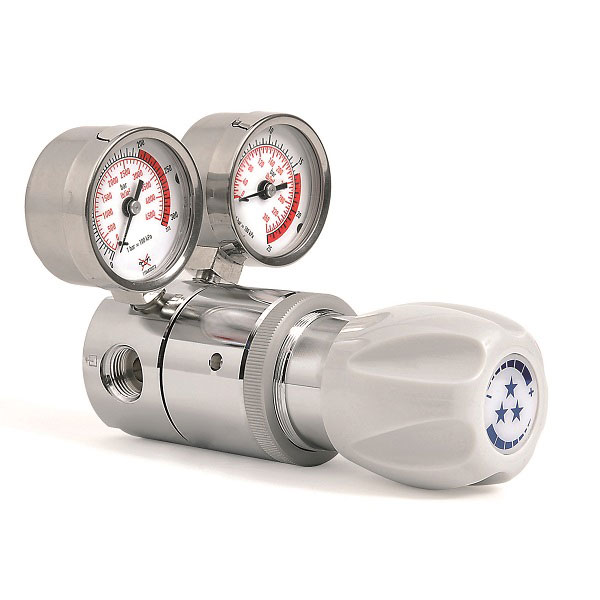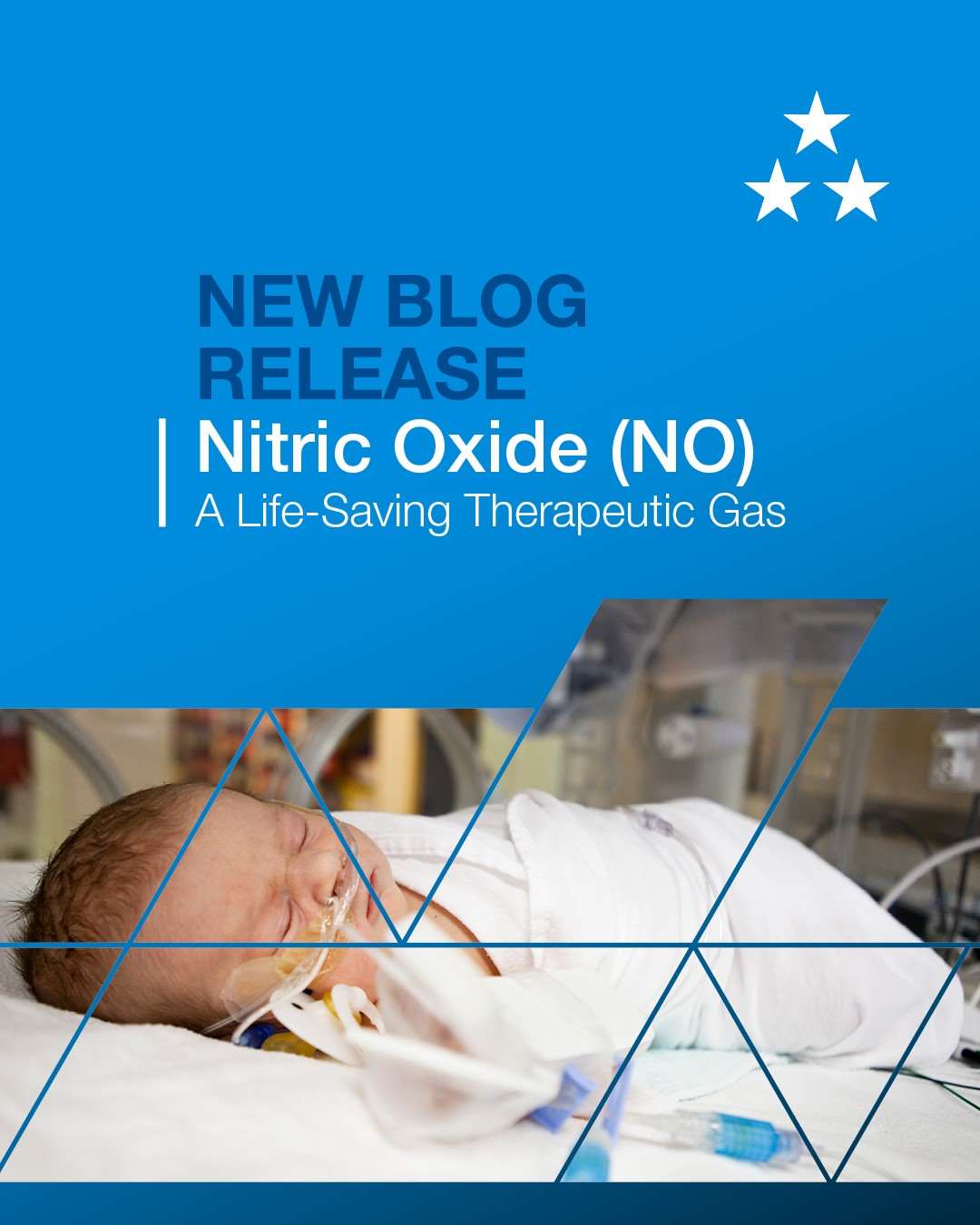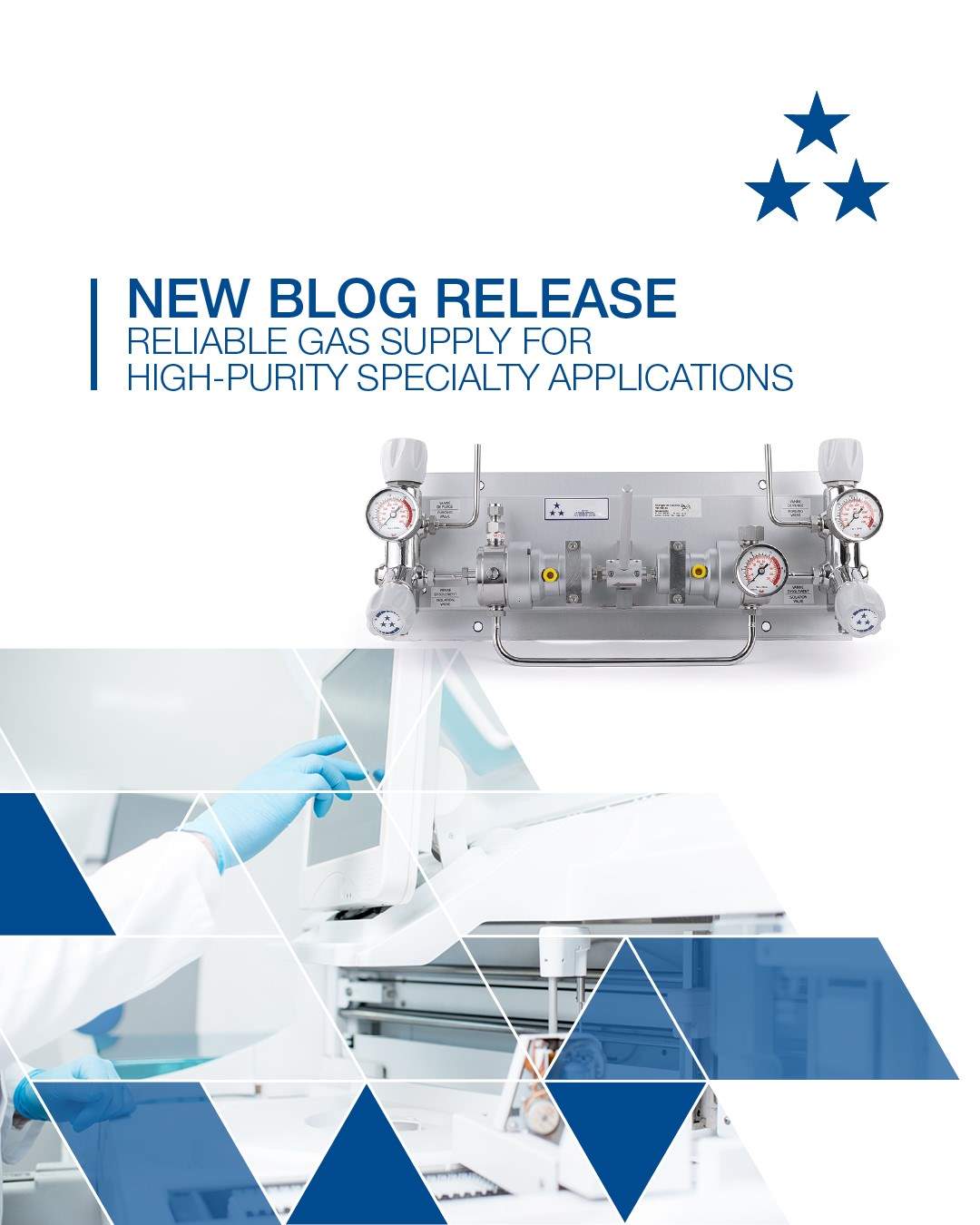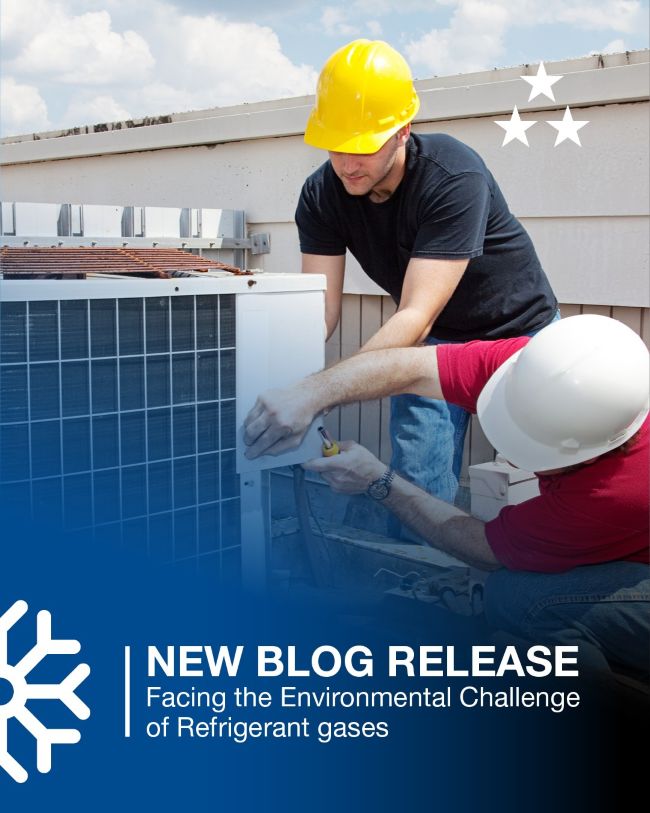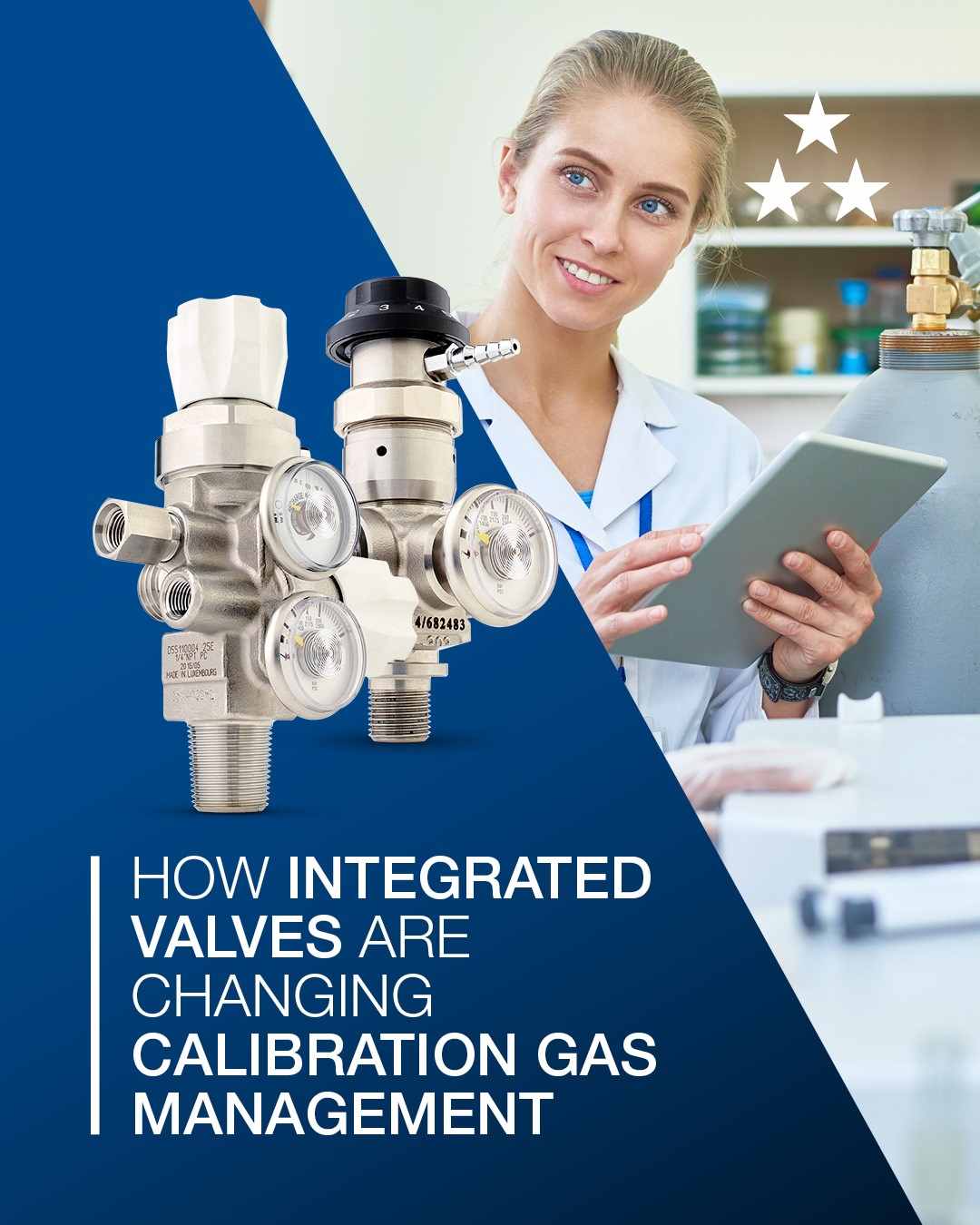Each gas has its own specific characteristics, and the pressure regulator used must be specific to ensure proper operation and safety. Rotarex welding pressure regulators are built to adapt to different types of gas and to deliver consistent performance, even in heavy welding applications. They are the main choice for professionals who demand precision and reliability:
- Oxygen: These brass pressure regulators must be very resistant and provide a stable flow rate
- Acetylene: for acetylene, the regulator must control and limit the pressure to avoid any risk of accident
- Argon: Argon regulators are built to deliver a constant flow of inert gas
- CO2: CO2 regulators are resistant to pressure variations associated with liquefied gas
- Nitrogen: These regulators are designed for purging and provide a constant flow and even distribution of gas.
Adapting your regulator to the gas used is not only a question of gas compatibility but also of safety. It is essential to choose the right regulator to protect the operator, preserve the equipment, and guarantee the precision of the weld.

